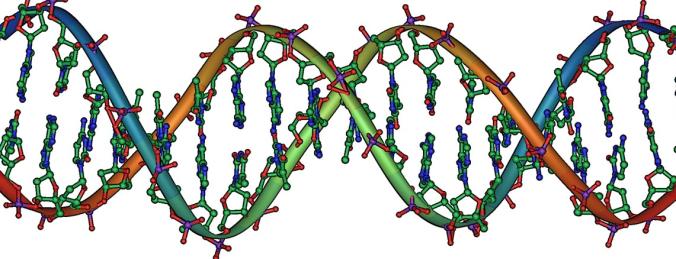Popular Mechanics, May 2, 2014
One morning in November 2011, trucks were roaring down the Pan-American Highway, carrying loads of ore from mines in the Atacama Desert to the port town of Caldera, Chile. The trucks screamed past a young goateed American paleontologist named Nicholas Pyenson, who was standing at the side of the road, gazing at a 250-meter-long strip of sandstone that construction workers had cleared in preparation for building new lanes.
Pyenson, the curator of fossil marine mammals at the Smithsonian Institution, spends much of his time searching for fossils of whales. For over a year his Chilean colleague Mario Suárez had been nagging him to come to see whale fossils that had been exposed as construction workers widened the highway.
Continue reading “Laser Cowboys and the Fossils of the Future”
